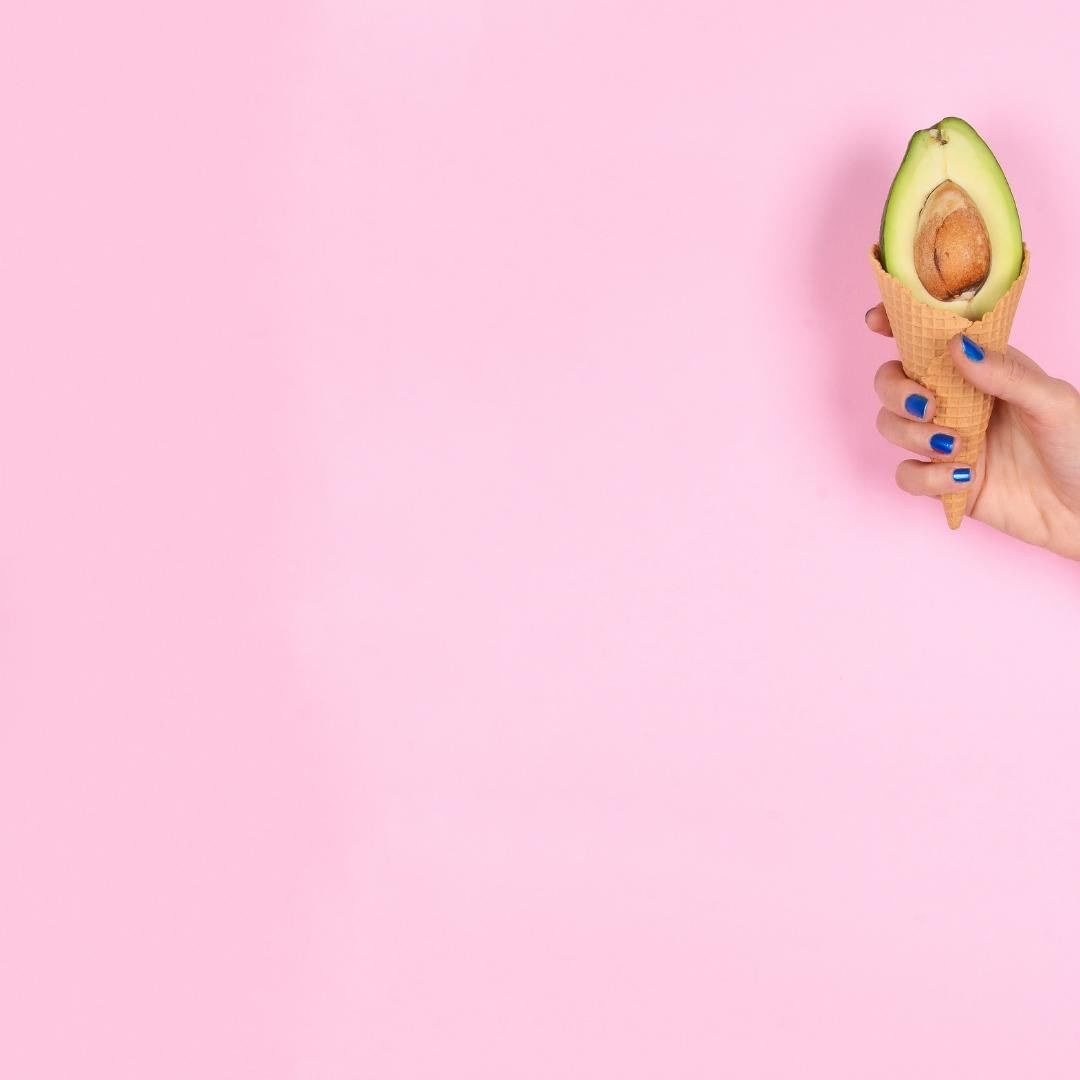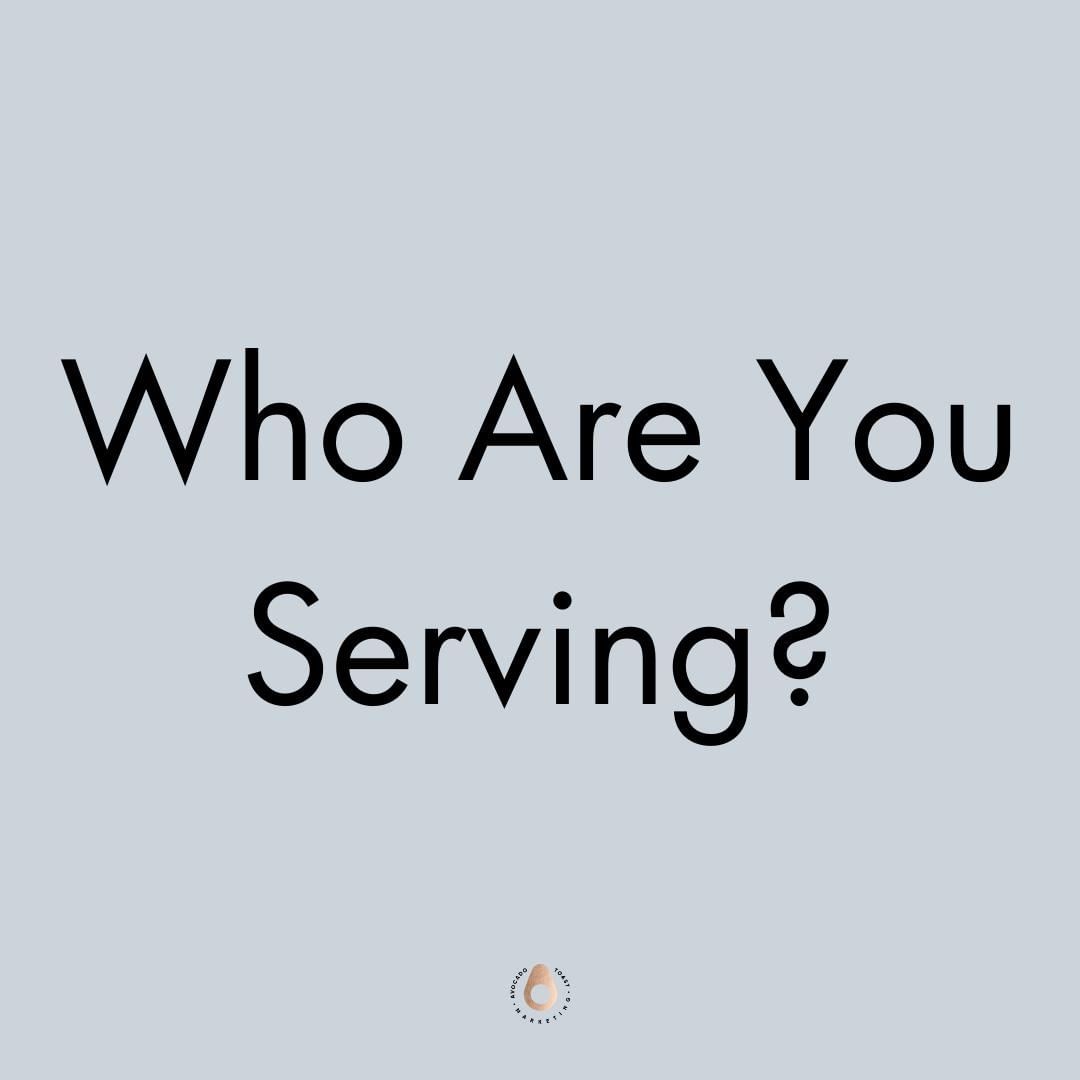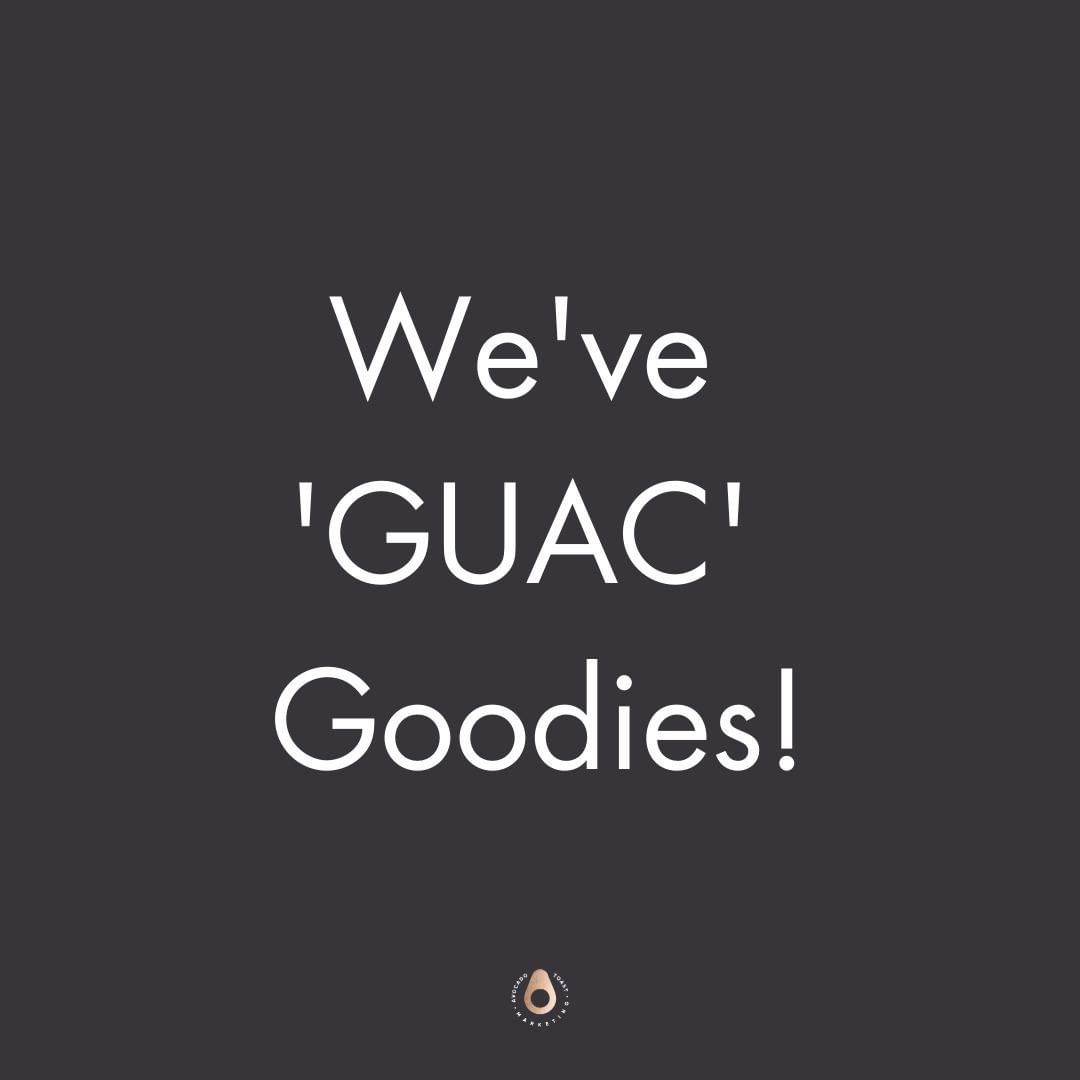Blog Detail


A lot of people are intimidated by writing.
But here’s the thing…
Good writing is not a natural gift. You have to learn to write well.
David Ogilvy said, “People who think well, write well.”
Even if you “think” you suck at writing, you can learn to write powerful copy when you know a few rules…and a few secrets! 😉
Whether you’re launching a new course, a new website, or even writing your Instagram captions…if you have a few of these powerful copywriting secrets in your back pocket you can level-up your copywriting game in no time!
Without further adieu, here we go…
[DW_contentShort code=”4907″]
via GIPHY
#1. Write several leads
The most important sentence (after the headline) is the first sentence (or the lead).
The goal of the first sentence is to get the second sentence read. Then the goal of the second sentence is to get the third sentence read. You get the idea!
#2. Spell out everything
What might feel painfully obvious to you, might need to be spelled out clearly for your dear reader.
#3. Don’t “write down” to your prospect
While following rule #2, be sure you don’t talk down to your prospect.
#4. Don’t overuse words
I call them “fillers.” The same way you might say “um” in your natural speech, work hard to eliminate those words that don’t add value to your copy.
#5. Eliminate your first paragraph
Wait. What? Yes, you read that right. It’s often the most time-consuming paragraph to write and the most unnecessary to your copy. Don’t be afraid to delete it if it doesn’t add value.
#6. Check the flow
Have you checked to see if your thoughts flow from paragraph one into paragraph two?
#7. Make sure the last sentence compels your prospect to respond
Just as the first sentence’s job is to get you to read the second sentence…the last sentence’s job is to get your prospect to DO something.
#8. Tell your prospect what to do
Do you want them to click, sign-up, comment? Be sure to spell it out.
#9. Keep it simple
Leonardo da Vinci said, “Simplicity is the ultimate sophistication.” What more can I say to that?
#10. Use active voice, action words
Example:
ACTIVE: The man must have eaten five hamburgers. (GOOD!)
The man (subject) is doing the eating (verb).
PASSIVE: Five hamburgers must have been eaten by the man. (BAD!)
Hamburgers (subject) are being eaten (verb).
#11. Get to the point
Don’t go around the block to get next door.
#12. Make sure your copy is READABLE!
Does it make sense? Can you read it out loud without stumbling over words?
#13. Include one idea per sentence
When in doubt drop that long sentence like it’s hot. Add a period, and move on with your life.
#14. Accentuate the positive
Find what the product or service does best and capitalize on it!
#15. Make the ordering process simple
This should be part of your UI (user interface) and your copy.
#16. Study the competition’s offers
How can you differentiate yourself, or make your offering better?
#17. Become the authority
Look for ways to talk about what you know on as many platforms as possible. Get on a podcast. Offer to speak at a referral group lunch, use social media to your advantage!
#18. Make it ring true
This refers to the logic of your sentences. Is it possible? Is it reasonable to believe?
#19. Avoid jargon and gobbledygook
Instead of saying, “It’s important to effect the verbalization of concepts through the utilization of unsophisticated terminology.”
Say instead: “Speak simply.”
#20. Don’t be overly repetitive
Repetition can be very effective when used sparingly.
#21. Humor usually backfires
Humor is great, but if you have to ask yourself if your reader will “get” it…it’s probably best to avoid it.
#22. Cut out redundant words
Here are some examples of redundancy: absolutely essential, clear and simple, each and every, pick and choose, meet together, natural instinct, success and achievement, test and evaluate, unexpected surprise
#23. Use caution with questions
Asking a question can be used effectively to disrupt the flow of thought and jolt your reader awake. Best if used sparingly.
#24. Link paragraphs to make the copy flow
One idea per paragraph and link together with transitional words.
#25. Use the 5 “W’s” and an “H”
——->Who you are
——->What you’ll do
——->Where to respond
——->When to respond
——->Why he or she will benefit
——->How to respond
#26. Check your copy for honesty
The truth about telling lies is that no one likes a liar. Right?! People expect a little exaggeration, but don’t cross the line into a flat out lie.
#27. Use contractions for emphasis
If you’re (<–contraction) writing anything remotely creative, or including dialogue, you should be using contractions. It’s how we talk in real life.
#28. Be human
Your job is to convince your prospect that they need your product/service today. Tell a story, be creative, be human and be relatable.
#29. Let subheads tell the story
Make your copy scannable, and make sure your subheads flow to tell your story.
#30. Use numerals
Make numbered lists. Use exact numbers when possible.
#31. Focus on solving the problem
If you’ve discovered or built a better mousetrap…sell your mousetrap.
#32. Avoid nonsensical words
Unless your Dr. Seuss, too much gibberish can feel like your reading fiddle-faddle.
#33. Steal concepts — not copy.
Inspiration has to come from somewhere, but don’t steal other’s copy. Be original. Be YOU!
#34. Take a breath test
Read your copy out loud and see if you naturally take a breath between sentences.
#35. Use one benefit per testimonial
Testimonials are so powerful! Narrow it down to the best sentence or two if needed.
#36. Don’t sell. SOLVE.
Solve their problem, and getting them to buy will be easy!
I’m sure that even if you believe you suck at writing, you can become a better writer by learning these secrets. What other ‘secrets’ you add to this list? Leave them in the comments below.
TOP ARTICLES
-

5 Surprising Things to Know About Your About Page -

8 Elements You Need on Your Home Page + Real-Life Examples You'll Love -

5 Ways to Know It's Time to Rebrand Your Website -

Get 6 FREE Email Sequences + Use this Quiz to GROW YOUR LIST! -

36 Powerful Copywriting Secrets You Can Use, Even if Think You Suck at Writing -

SLIDE DECK: How (and why) you Should Automate Email for your Business -

How I Became a Certified Copywriter, And You Can (and probably should) Too! -

Plan & Write Your Email Sequence with these 8 Easy Steps!

















